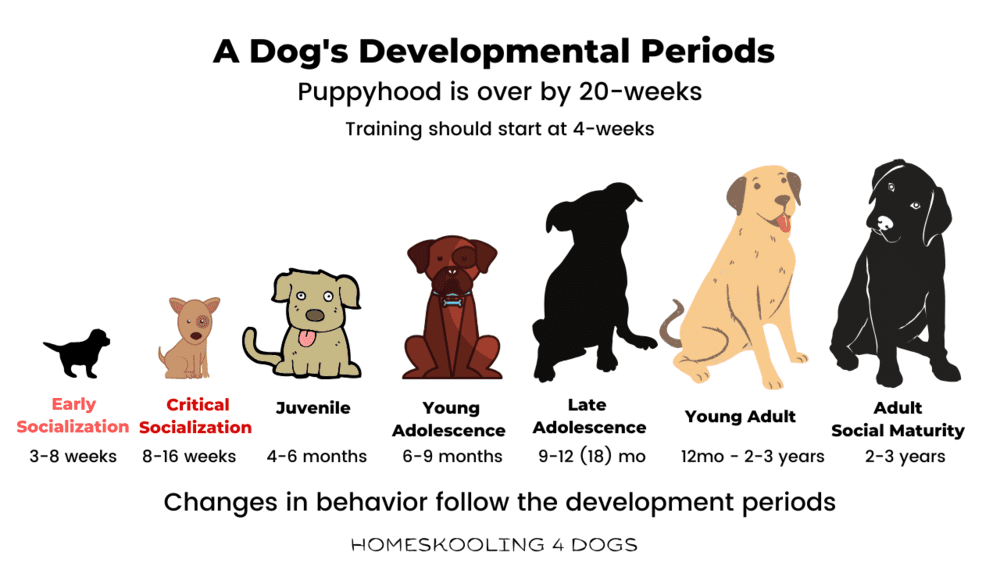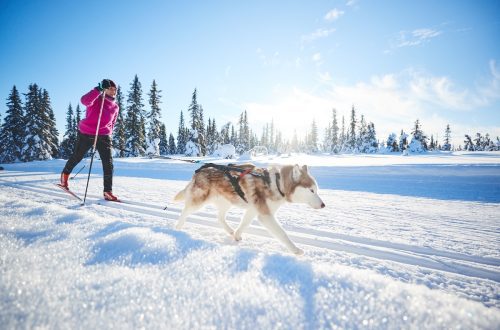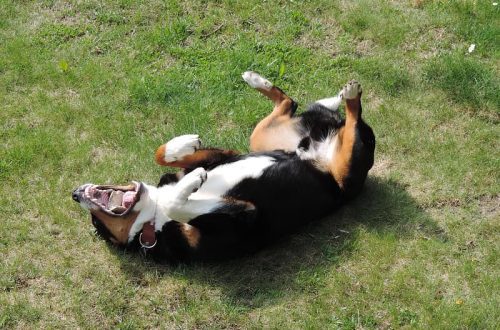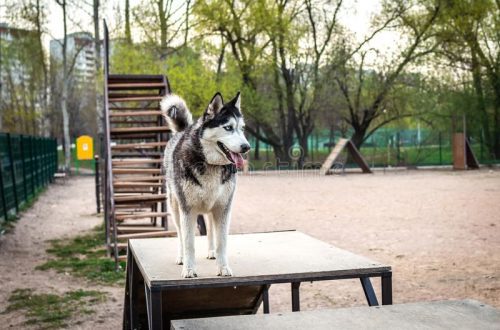
Adolescence in dogs
By and large, the periods of growing up in humans and dogs are identical. That is, the behavior of a person and a dog largely depends on humoral factors, that is, on hormones. It is during adolescence that these hormonal changes are most active, which leads to behavioral problems.
To simplify it completely, we can say that during this period, firstly, there is a very active growth, and secondly, the brain is rebuilt. Some cells die, others come to replace them. Therefore, it seems that the dog has forgotten everything that it was taught earlier. And, by the way, that is why this period is called the second socialization. If at this moment the dog is overloaded too much, then it simply will not be able to cope with the incoming information, which, of course, will affect its behavior.
But if a person’s adolescence lasts 5-8 years, then in dogs it passes much faster, in a year or two, which means that the manifestations can be much more pronounced.
When does adolescence begin?
The first signs of maturation in a dog can be seen at 6-9 months. It is this period that is transitional from a puppy to a junior. But still, the main changes in appearance and character occur closer to 9-10 months (by the way, this is why you can enroll a pet in the junior class at the exhibition no earlier than 9 months).
You can hardly miss the moment when your dog enters adolescence. Your obedient and cute puppy will suddenly stop hearing half of the sentences addressed to him, stop responding to some external stimuli, but on the other hand, he will spend almost all walks with his nose pressed to the ground. Pets accustomed to free-range can run away quite far from the owners, which simply did not happen before.
It is during adolescence that most cases of loss of dogs occur.
A teenage dog, like a person, is looking for the boundaries of what is permitted, trying to find his place in the “pack”, to dominate. Many owners, faced with this problem, begin to behave very strictly with the animal, thinking that otherwise they will completely lose control. But this method is absolutely erroneous and dangerous. During adolescence, the dog’s psyche is very unstable, so excessive strictness can lead to permanent changes in behavior (for example, the dog becomes downtrodden and cowardly) or prolonged depression, which in turn can lead to other health problems.
Also, we must not forget that it is during adolescence in dogs that the instincts characteristic of this breed most actively begin to manifest themselves.
How to survive adolescence?
There is no universal recipe for how to survive this difficult time for the dog and the owner. The basic rule is patience and more patience. But there are a few recommendations that will help both the owner and the dog to go through this period easier:
It is necessary to increase the time of walks;
Continue to learn new commands, even if it seems that the dog has forgotten all the old ones;
Start to react more strictly to the disobedience of the pet, but in no case cross the border. Physical abuse can backfire. The dog will begin to be afraid of the owner, and such relationships are not harmonious;
Start transferring the dog to two meals a day;
Due to active growth, excessive stress can negatively affect the joints, so it is better to replace running up stairs and jumping with light cross-country and general exercises from the training course.





